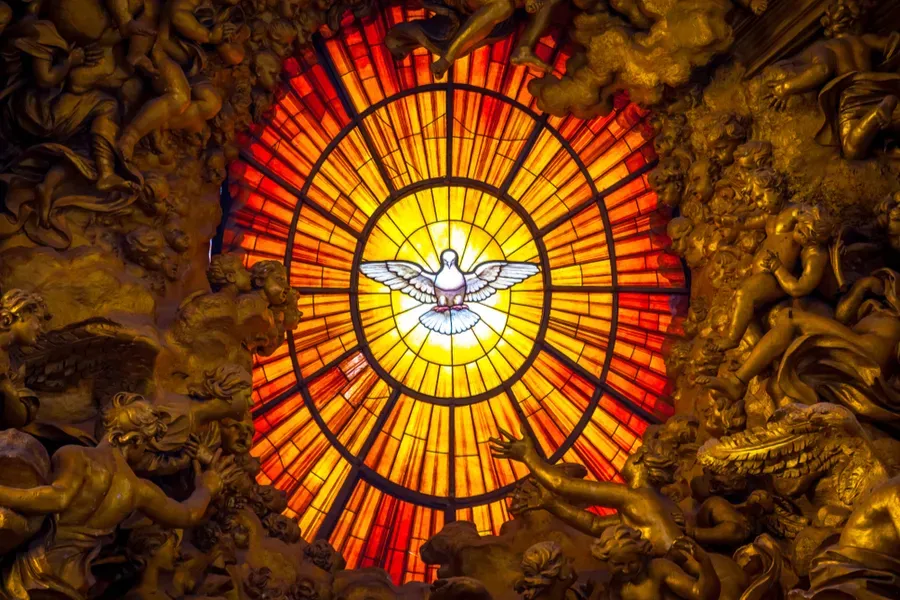It was right after Pentecost that Peter, inspired by the Holy Spirit, preached his first homily to Jews and other non-believers, in which he opened the scriptures of the Old Testament, showing how the prophet Joel prophesied events and the coming of the Holy Spirit at Pentecost.
He also told the people that the Jesus they crucified is the Lord and was raised from the dead, which “cut them to the heart.” When they asked what they should do, Peter exhorted them to repent of their sins and to be baptized. According to the account in Acts, about 3,000 people were baptized following Peter’s sermon.
For this reason, Pentecost is considered the birthday of the Church — Peter, the first Pope, preaches for the first time and converts thousands of new believers. The apostles and believers, for the first time, were united by a common language, and a common zeal and purpose to go and preach the Gospel.
Pentecost vestments and customs around the world
Typically, priests will wear red vestments on Pentecost, symbolic of the burning fire of God’s love and the tongues of fire that descended on the apostles.
(Story continues below)
However, in some parts of the world, Pentecost is also referred to as “WhitSunday”, or White Sunday, referring to the white vestments that are typically worn in Britain and Ireland. The white is symbolic of the dove of the Holy Spirit, and typical of the vestments that catechumens desiring baptism wear on that day.
An Italian Pentecost tradition is to scatter rose leaves from the ceiling of the churches to recall the miracle of the fiery tongues, and so in some places in Italy, Pentecost is sometimes called Pascha Rosatum (Easter roses).
In France, it is tradition to blow trumpets during Mass to recall the sound of the driving wind of the Holy Spirit.
In Asia, it is typical to have an extra service, called genuflexion, during which long poems and prayers are recited. In Russia, Mass-goers often carry flowers or green branches during Pentecost services.
This article was originally published on CNA June 2, 2017, and was updated May 26, 2023.








